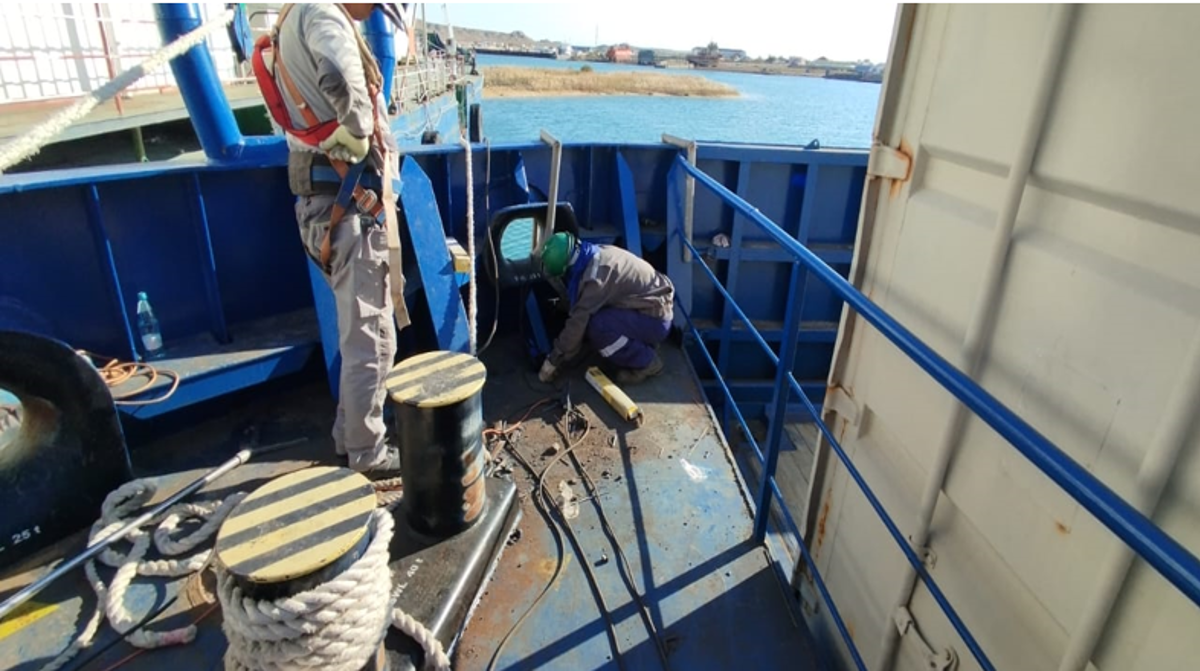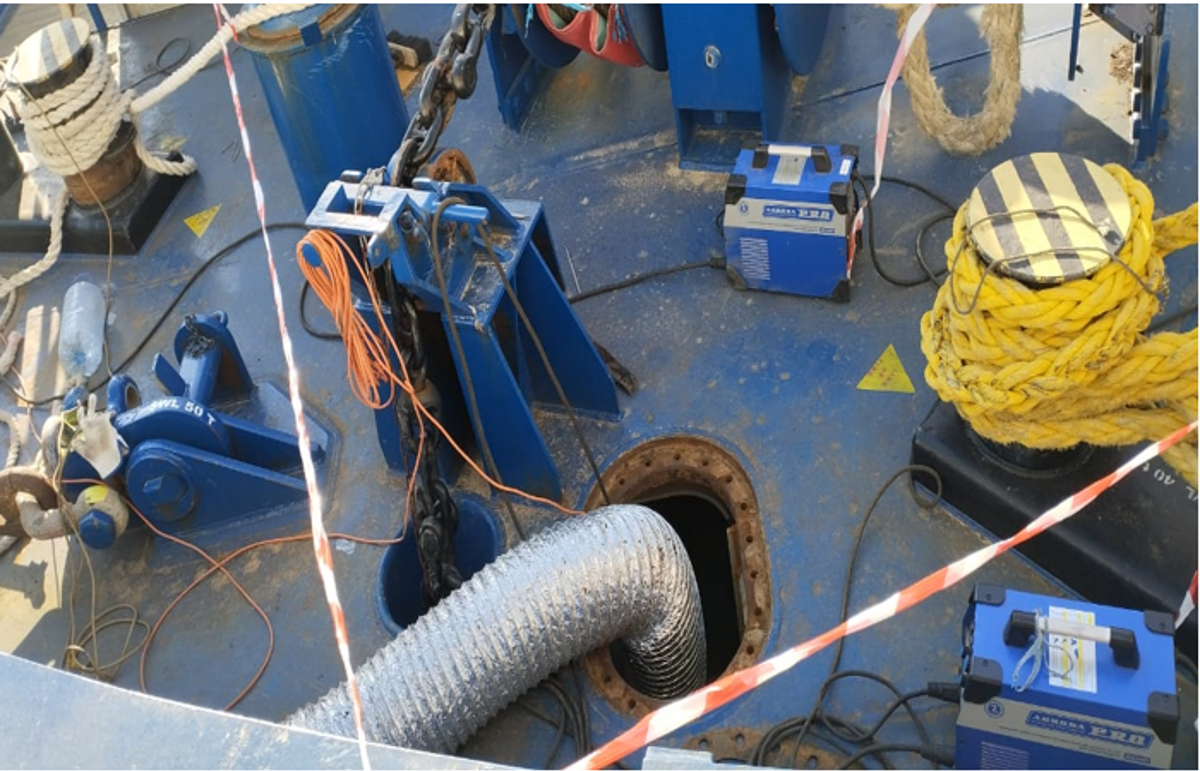Unauthorised entry into confined space
- Safety Flash
- Published on 19 February 2024
- Generated on 29 November 2025
- IMCA SF 04/24
- 2 minute read
Jump to:
Personnel observed accessing a confined space in which welding was taking place.
What happened?
Planned repair works were taking place on a barge. The work involved hot work (welding & grinding). During the works, the stand-by person, controlling several areas, observed sub-contract personnel accessing a confined space in which welding was taking place. Stop Work Authority was exercised immediately, and the unauthorized personnel requested to leave the area. There was an immediate stand down to discuss the consequences of unauthorized personnel access to confined spaces and the potential consequences. No-one was harmed.
What went right?
- The job was stopped immediately.
- There was a safety stand down to allow time for crew to discuss and understand what had happened.
What went wrong?
- Working environment: A lack of physical barriers and appropriate warning notification around the confined space.
- The contractor did not have adequate personnel for CoW ( Control of Work) and the third-party crew did not have awareness of the specific hazards relating to confined space entry.
- There was insufficient or inadequate supervision of the third-party personnel onboard.
Our member took the following actions
- Contractor management was approached to reiterate importance of compliance with vessel access and control of work procedures.
- Improved signage and barriers around confined space areas.
- Ensured completion of Risk Assessment, Permit to Work, and robust access controls for Confined Space entry.
- Ensured that only trained & authorized personnel can access Confined space areas and that their access is authorized and controlled by immediate management and the stand-by person.
Members may wish to refer to:
- Confined spaces: The dangers (IMCA short video)
Related Safety Flashes
-
IMCA SF 05/22
28 February 2022
-
-
IMCA SF 10/21
8 April 2021
-
IMCA Safety Flashes summarise key safety matters and incidents, allowing lessons to be more easily learnt for the benefit of the entire offshore industry.
The effectiveness of the IMCA Safety Flash system depends on the industry sharing information and so avoiding repeat incidents. Incidents are classified according to IOGP's Life Saving Rules.
All information is anonymised or sanitised, as appropriate, and warnings for graphic content included where possible.
IMCA makes every effort to ensure both the accuracy and reliability of the information shared, but is not be liable for any guidance and/or recommendation and/or statement herein contained.
The information contained in this document does not fulfil or replace any individual's or Member's legal, regulatory or other duties or obligations in respect of their operations. Individuals and Members remain solely responsible for the safe, lawful and proper conduct of their operations.
Share your safety incidents with IMCA online. Sign-up to receive Safety Flashes straight to your email.

